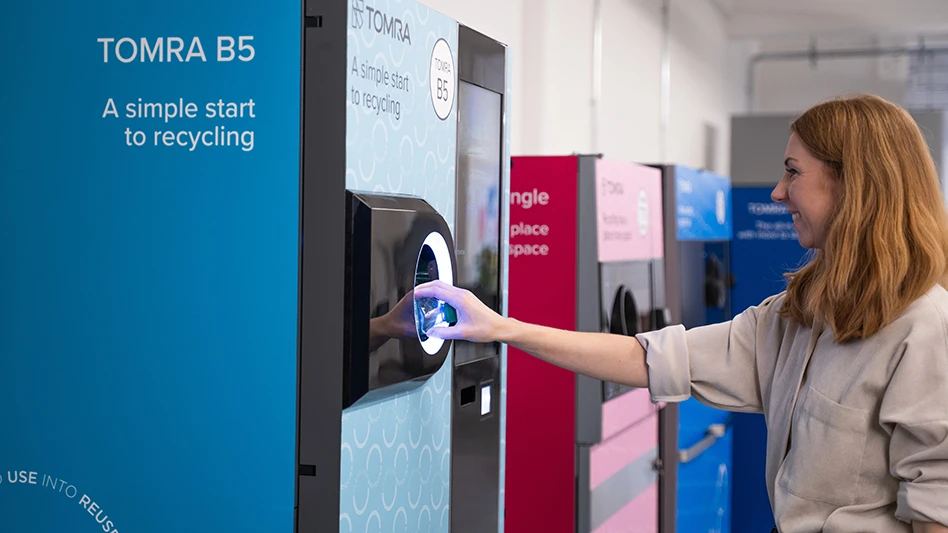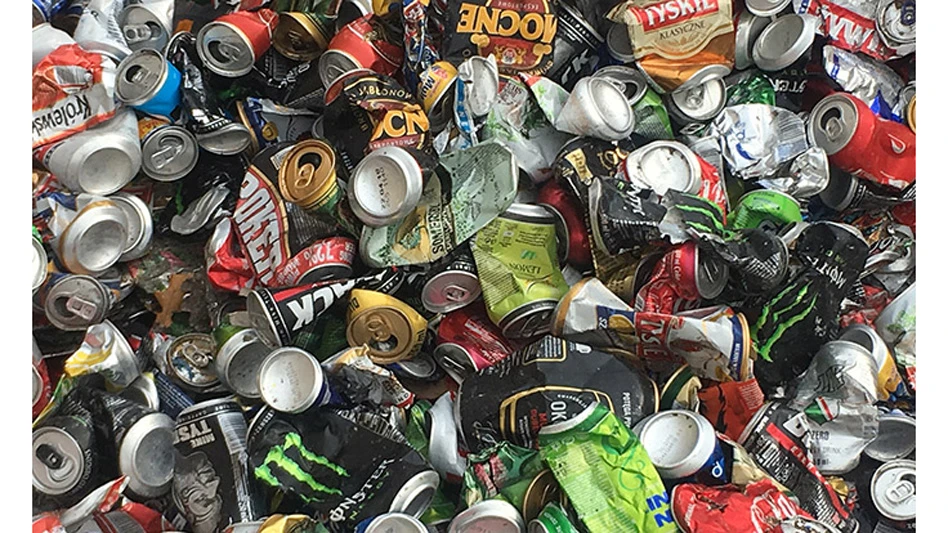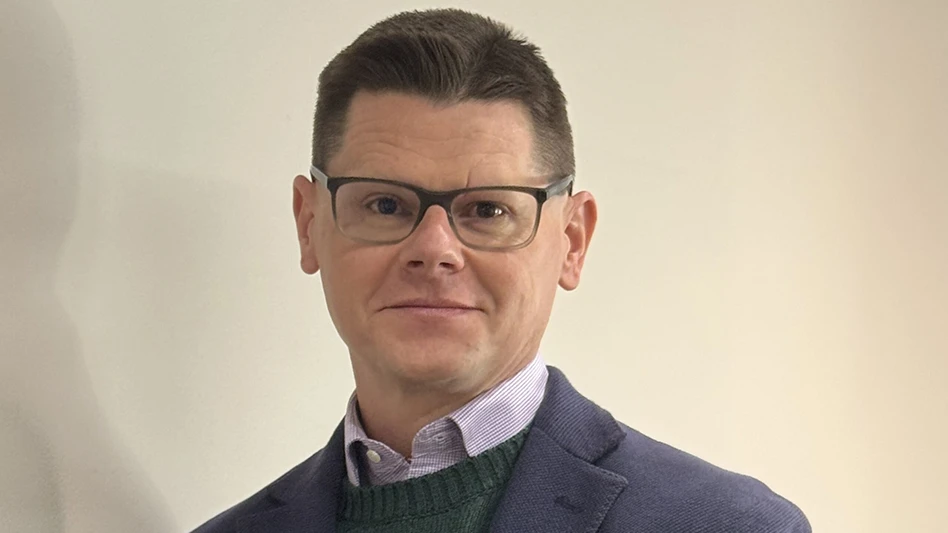
Recycling Today archives
A new report authored by five McKinsey & Co. staff members identifies recovering copper found in discarded consumer electronics and other forms of e-scrap as one way to address an expected refined copper shortfall of about 3.6 million metric tons by 2035.
“Increasing the capture of secondary copper (that is, postconsumer copper scrap, such as e-waste) would open new supply sources and eliminate emissions from producing primary copper,” the report says.
The authors (Peter Spiller from McKinsey’s Frankfurt, Germany, office; Sebastian Göke in Berlin; Sergey Sokolov from the firm’s Almaty, Kazakhstan, office; Diedrik Tas in Brussels; and former London office staff member Daniel Keogh) spell out challenges and opportunities in the global effort to recycle more copper.
The three main challenges listed are limited scrap supply; the difficulty of extracting copper from mixed end products, such as computers or mobile phones; and the notion that it is difficult to track the provenance of copper scrap across geographies and end sectors.
The report predicts about 60 percent of postconsumer copper scrap will enter the formal recycling value chain globally in 2035, with the remainder either lost, collected informally or uncollected.
To recover a higher percentage of copper found in obsolete electronics, the authors say metal recyclers, copper producers and electronics and telecom original equipment manufacturers can consider establishing long-term supply contracts with each other or consider merger and acquisition opportunities to increase the value chain footprint.
“Several companies across the copper value chain in Asia, Europe and North America are already actively investing in expanding their secondary-copper smelting capacity—a crucial prerequisite for utilizing all available postconsumer copper scrap," the report says.
As examples, the authors point to secondary players such as battery and copper foil manufacturers that have signed long-term contracts with materials producers to secure copper scrap supply.
“Establishing these ecosystems could increase the collection and recovery of copper scrap volumes, allowing companies—and the planet—to reduce waste and make the most of what’s already out there," the report concludes. "Being at the forefront of creating these circular supply chains could allow players to get advantageous access to scrap pools and reduce the expected future copper supply gap. In the hunt for this lost copper, acting soon and strategically will be key.”
Latest from Recycling Today
- ReMA urges open intra-North American scrap trade
- Axium awarded by regional organization
- China to introduce steel export quotas
- Thyssenkrupp idles capacity in Europe
- Phoenix Technologies closes Ohio rPET facility
- EPA selects 2 governments in Pennsylvania to receive recycling, waste grants
- NWRA Florida Chapter announces 2025 Legislative Champion Awards
- Goldman Sachs Research: Copper prices to decline in 2026





